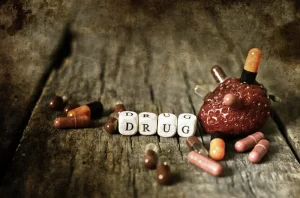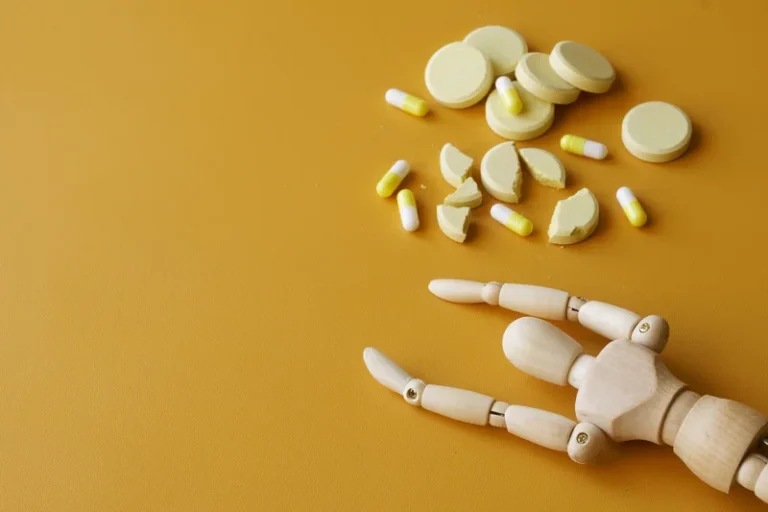
There are other proposed mechanisms, including increasing one’s susceptibility to damage from ultraviolet light and suppressing one’s immune system. Some studies have shown that white wine consumption had a stronger association with skin cancer formation, which may be due to lower levels of antioxidants in white wine. Alcohol weakens the immune system and disrupts DNA repair, potentially increasing skin cancer risk. Research suggests a link between heavy drinking and various skin cancers, though more studies are needed to define precise risk ratios.
Alcohol and mental health
Although we strive to deliver accurate and up-to-date information, no guarantee to that effect is made. Alcohol not only dehydrates your skin but also your hair and hair follicles. This can lead to hair becoming brittle and prone to damage, as well as hair loss.
Bobgunnia Madagascariensis Wood Extract: What Is It, Cosmetic Uses, Benefits & Side Effects
These effects are temporary, and a person may notice them the day after a night of drinking, whether or not they have AUD. Understanding your genetic background could provide insight into your reactions when consuming alcoholic beverages and guide you toward safer choices. Some individuals may have allergies that cross-react with components found in alcoholic beverages. For example, those allergic to pollen may drug addiction treatment react to certain beers made from barley or wheat due to similar proteins present in these grains.

Sd Alcohol 1: What Is It, Cosmetic Uses, Benefits & Side Effects
It can also cause yellowing of the sclera (whites) from jaundice caused by alcohol and liver complications. Managing alcohol intake can help reduce the severity of seborrheic dermatitis symptoms. Cutting back on alcohol allows the immune system to function better.

Immune System Impact
If consuming alcohol, it is always recommended to have water alongside to keep giving the skin and body the water it needs. Without enough water, alcohol can cause more damage to the stomach and lead to bloating and swollen abdomens. There are bloating remedies at local drug stores, but skin and alcohol the best approach is to drink water when consuming alcohol, and if you must, always consume it in moderation. The ingredient is common in toners, setting sprays, aftershaves, hand sanitizers, light hair lotions and water-based perfumes.
Understanding Alcohol and Its Effects on the Body
Understanding the relationship between alcohol intolerance and skin reactions is key when studying alcohol rash images. This knowledge can help individuals recognize potential signs of alcohol intolerance and seek appropriate medical advice. Regular exercise, adequate sleep, and stress management are factors that can positively impact skin health. Addressing alcohol-related skin damage is possible, but it often requires a multi-pronged approach that may vary depending on the severity of the damage. The most critical step is to cease or significantly reduce alcohol consumption.
- Alcoholic face is a broad way to describe facial changes from excessive drinking.
- Porphyria Cutanea Tarda (PCT) is that it is considered the most common type of porphyria, accounting for about 80% of all porphyria cases.
- Alcohol also affects your sleep, resulting in dark circles, puffy eyes, and worsened hangover symptoms.
- Additionally, alcohol can affect the immune system and exacerbate existing skin conditions.
- Understanding the link between alcoholism and skin problems is critical in addressing the needs of individuals struggling with alcohol addiction.
A Closer Look at Specific Alcoholic Beverages
Furthermore, some individuals may experience allergic reactions to alcohol or its components, which can manifest as skin rashes, hives, or even more severe symptoms 2. It’s crucial to identify the root cause of the rash for effective treatment. Itchy skin, or pruritis, is a consequence of heavy drinking and liver disease. This occurs due to dehydration and dryness, poor blood circulation and the formation of lumps of fat in the skin due to the liver’s inability to properly metabolize fat. Skin damage may occur due to excessive scratching during alcohol withdrawal, which can result in infection, inflammation, and scarring.

These non-drying alcohols (e.g., cetyl, stearyl, cetearyl, or lanolin alcohol) serve as emollients, thickeners, or stabilizers and are found in a variety of cosmetic products. Volatile alcohols are added to products for a quick-dry, matte finish, providing a lightweight feel and enhancing absorption. They also act as a solvent or preservative and are found in lotions, fragrances, makeup, shaving products, hair products, and oral care.
What Most People Get Wrong About ‘Normal’ vs. Binge Drinking
A red face, puffiness, and changes in the look and feel of your skin are all physical signs of too much alcohol. Alcoholic face is a broad way to describe facial changes from excessive drinking. Redness, discoloration, and a puffy face are all obvious signs that it may be time to cut back on alcohol. Clear spirits like vodka and gin go through rigorous distillation process to remove impurities and they contain fewer additives.
- Treat them with cool compresses and over-the-counter antihistamines.
- Many individuals experience emotional distress due to their drinking habits.
- Mainly because it wasn’t a big part of my culture growing up in Malaysia, and I’ve seen enough friends nursing terrible morning afters for me to even be remotely tempted.
- Research suggests that up to 66% of people with AUD have some type of alcohol-related neuropathy.
Skin changes due to liver disease
“Mixers like club soda and pure lemon or lime juice are simple additives,” Dr. Samolitis says. “For those who flush easily, taking an antihistamine like Pepcid prior to drinking can reduce redness in some people. There’s also a prescription medication for rosacea that can be applied topically.” One of the main reasons skin takes such a beating from a few too many cocktails is that alcohol is a diuretic, says Y.
